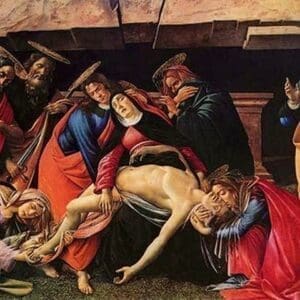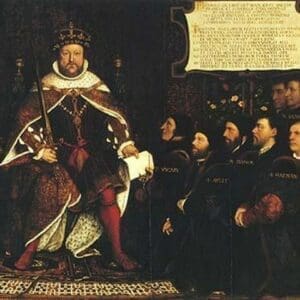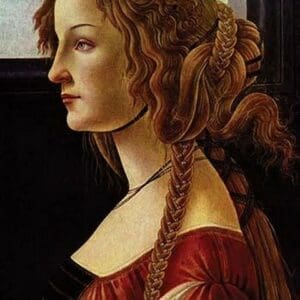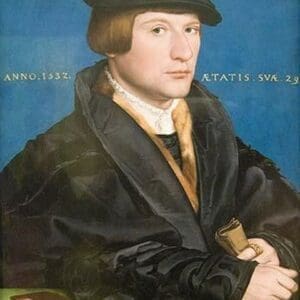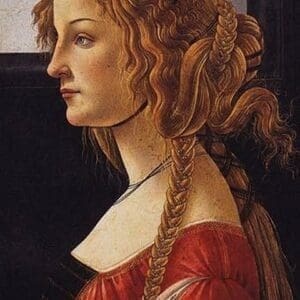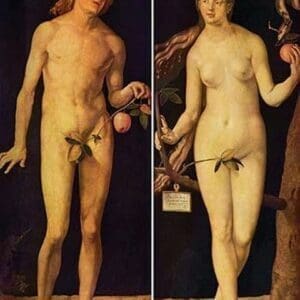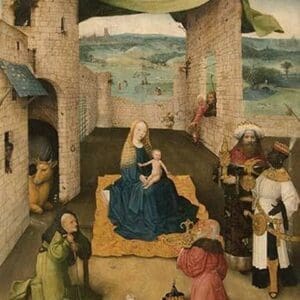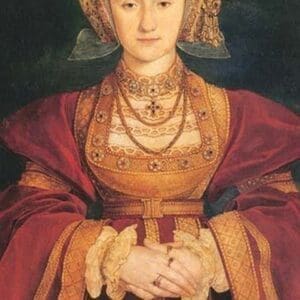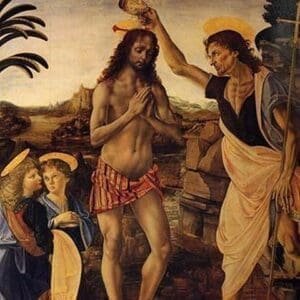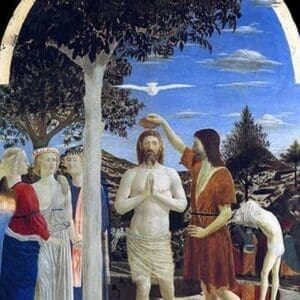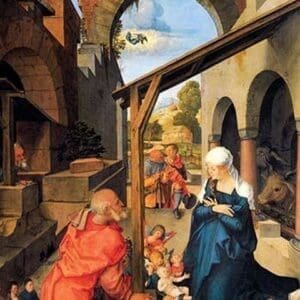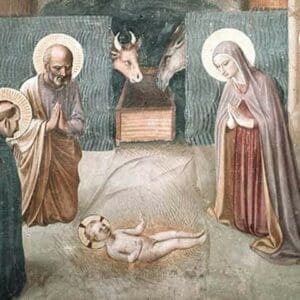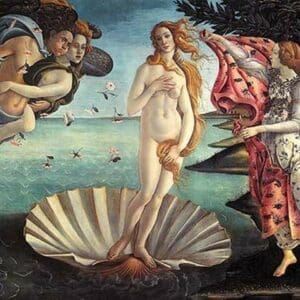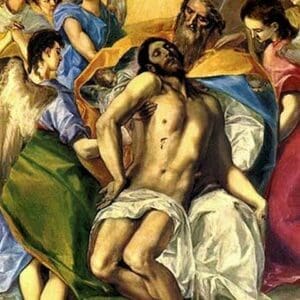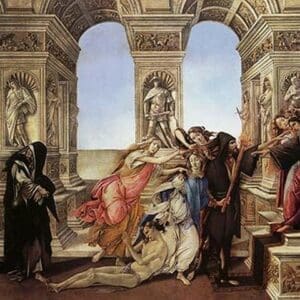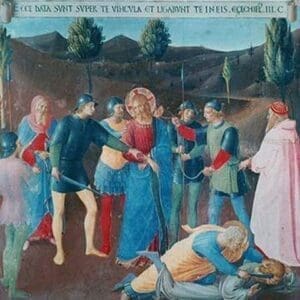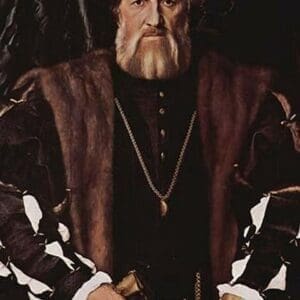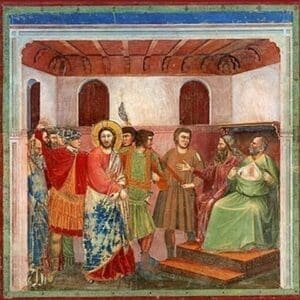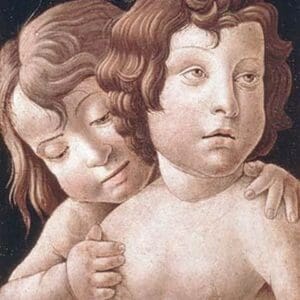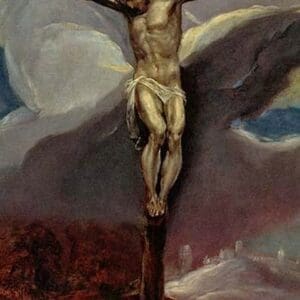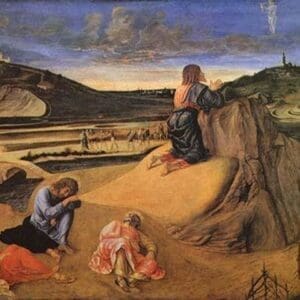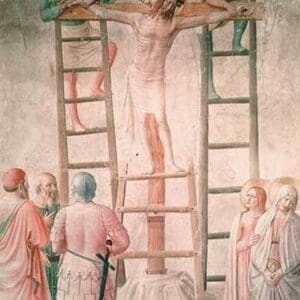Renaissance art, spanning roughly from the 14th to the 17th century, represents a major transformation in Western art, beginning with the Proto-Renaissance in Italy (1280–1400). During this period, artists like Giotto di Bondone laid the groundwork for future developments by introducing more naturalistic forms and an early sense of human emotion in their work. This phase bridged the gap between medieval traditions and the emergence of a new artistic vision that would take hold in the following centuries.
The Early Renaissance in Italy (1400–1495) saw a more defined break from medieval styles, marked by a renewed interest in classical antiquity and the human form. Artists such as Masaccio revolutionized painting through his use of perspective, creating a sense of depth that had been absent from earlier art. Filippo Brunelleschi’s innovations in linear perspective greatly influenced both painting and architecture during this time. This was the era in which humanism began to permeate art, and representations of the natural world and human emotion became key elements of artistic expression.
Simultaneously, the Early Netherlandish art (1425–1525) movement flourished in Northern Europe, where artists such as Jan van Eyck brought incredible attention to detail, texture, and realism. Their use of oil paints allowed for vibrant, lifelike depictions that contrasted with the more idealized forms of Italian Renaissance art. This period in the North was characterized by meticulous precision and the depiction of everyday life, which deeply influenced the broader Renaissance movement.
The Early Renaissance in France (1375–1528) also contributed to the broader European Renaissance, blending Gothic traditions with Renaissance innovations. French artists and architects absorbed Italian influences while adding their own flair, particularly in the design of châteaux and religious art. Though more gradual, the Renaissance in France expanded across art forms and paved the way for future developments in European art.
The High Renaissance in Italy (1495–1520) marked the culmination of Renaissance ideals. This period, dominated by figures such as Leonardo da Vinci, Michelangelo Buonarroti, and Raphael, emphasized harmony, balance, and a deep understanding of anatomy and human emotion. Leonardo’s “Mona Lisa” and “The Last Supper,” Michelangelo’s Sistine Chapel ceiling and sculpture of “David,” and Raphael’s “The School of Athens” epitomize the High Renaissance’s mastery of form, composition, and intellectual depth.
Across Europe, the influence of Italian Renaissance ideals extended to other regions, notably seen in German Renaissance art, which included artists like Albrecht Dürer. Dürer was known for his engravings and paintings that merged Italian techniques with Northern European detail and realism. His work represents the way Renaissance ideas spread and transformed within the context of local traditions.
By the end of the High Renaissance, new movements emerged, such as Mannerism, where artists like Parmigianino and El Greco responded to the ideals of balance and order with more expressive, exaggerated forms. This marked the transition toward the Baroque period and reflected the complex evolution of art in post-Renaissance Europe.
Thus, the Renaissance, encompassing the Proto-Renaissance, Early Renaissance, and High Renaissance in Italy, as well as the flourishing of Early Netherlandish art, Early Renaissance in France, and German Renaissance art, fundamentally reshaped Western art and laid the foundation for modern artistic expression.
